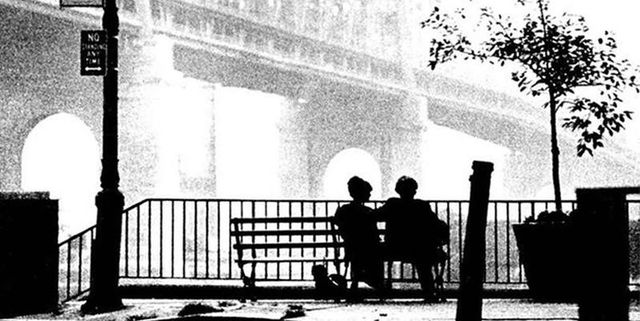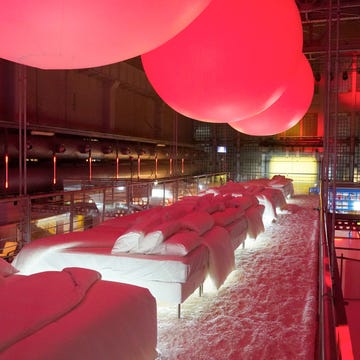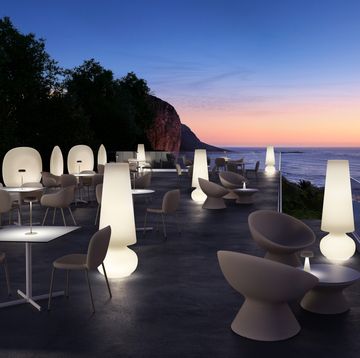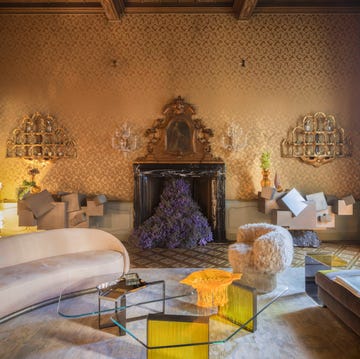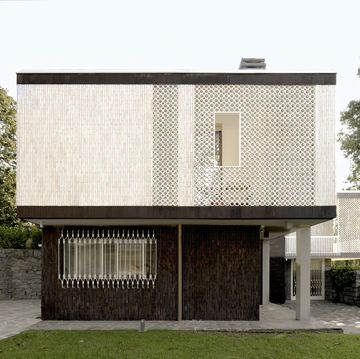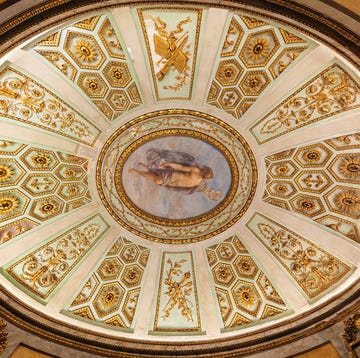15 Famous Films every Architect Should Watch
Cinema and architecture have gone hand in hand since the seventh art was born. These are the 15 films every architect should watch at least once in their lifetime
A list of 15 films for the architecture lover, exploring the first frontier to imagining a new past, present, and future.
Constructing the physical world in the make-believe is a timeless tradition and a cornerstone of storytelling itself.
Architecture’s role in cinema has developed over the years, engaging broad audiences and delighting viewers through worlds both new and familiar. It’s with this tradition in mind that we take a look at the connection between the constructed world and the silver screen, between stunning scenography that stole the show and the subtle staging that brought out the best of a scene.
Between realism and poetry, intimacy and monumentality, these are the 15 famous films every architect should watch.
Watch Next

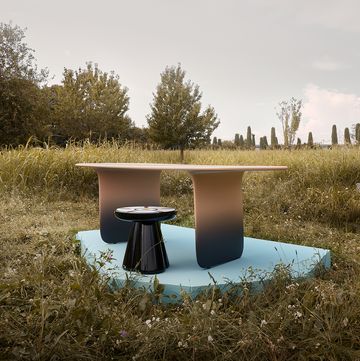
The Revolution of the Modern Stool

A Lemon-Yellow House on an Apple Orchard in Oslo
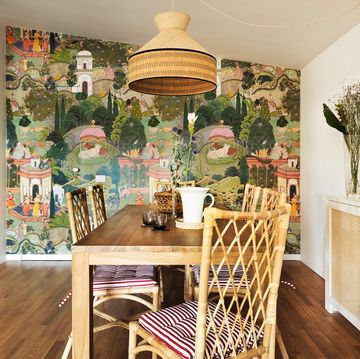
This Apartment in Rome's EUR Is an Exotic Dream
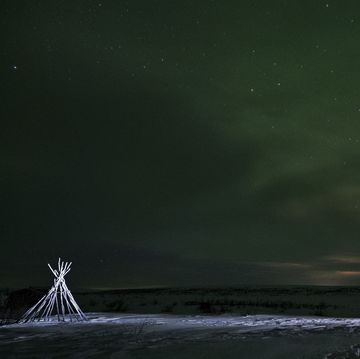
The Home of the Sami. From Past to Present
